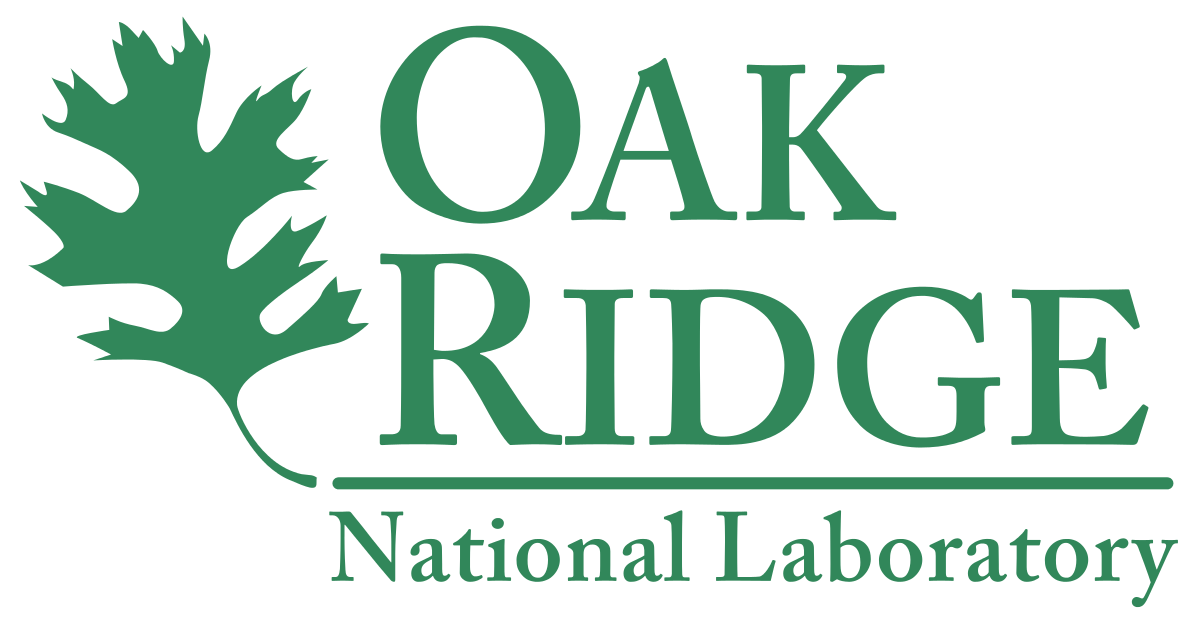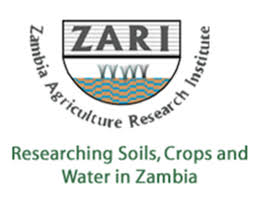Spent nuclear fuel generates heat for decades and is radioactive for thousands of years. The used fuel is a combination of major actinides, fission products and minor actinides. Actinides are a group of 15 chemical elements with atomic numbers 89 to 103. The major actinides in used fuel are uranium and plutonium. Fission products in spent fuel are mainly metals including the lanthanides which have the atomic numbers 57 to 71. Cesium-137 and strontium-90 are fission products that decay in a few hundred years. Minor actinides such as americium, curium and neptunium as well as plutonium generate most of the heat and radioactivity after a few hundred years. The ability to remove americium and other minor actinides from spent nuclear fuel would reduce nuclear waste from spent nuclear fuel and make it easier to manage.
A research group at the Department of Energy’s Oak Ridge National Laboratory (ORNL) has designed and synthesized a molecular trap. This trap can separate americium from a mixture of americium and lanthanides. In their research, they used europium as a typical lanthanide in the mixture. The americium caught in the trap could be used as fuel in nuclear reactors. The lanthanides in the mixture are what is referred to as “neutron poisons” which absorb neutron and dampen nuclear reactions. They must be disposed of in a permanent geological waste repository.
The lead author of the study at ORNL said, “Nuclear energy, to reach a state of sustainability, will require used nuclear fuel to be recycled.” Such recycling requires the separation of minor actinides, Efficient separation methods would allow the establishment of a closed nuclear fuel recycling option. This is a tempting possibility in view of the fact that the U.S. only utilizes about one percent of the potential energy in nuclear fuel and does not recycle spent nuclear fuel.
Organic chemical compounds called ligands can bind to metal atoms. In order to carry out separation of actinides, the metal and the ligand must align properly. Members of the ORNL team used computer modeling to predict that a rigid ligand with four atoms that could donate electrons would be an excellent trap for actinide atoms that are trivalent meaning that they have a net positive charge of three.
Rigid ligands with a valence of negative charge of four do not occur in nature and had never been synthesized. It was suggested that a “unsaturated” ligand with single bonds and an organization that yielded the right pattern for grabbing an actinide would have to be synthesized. The ORNL computer models suggested that this would ideal for separating americium from lanthanides.
The ORNL team turned to specialists in the synthesis of complex organic molecules for assistance. A “saturated” ligand called a cyclic amide was created with a nitrogen atom and a carbon atom double-bonded to oxygen. A double bond was induced in the amide ring system resulting in an “unsaturated” cyclic form. An unorganized ligand has pyridines that face away from each other. The introduction of a nitrogen base forces the pyridines to face the same way resulting in preoganization of the ligand.
The synthesized ligand is referred to as tetradentate which means “four toothed”. It contains atoms that attract positively charged ions and donate electrons. The ligand has two nitrogen atoms and two oxygen atoms that align with atoms of americium. Although both saturated and unsaturated ligands will strongly bond with americium and europium, only unsaturated ligands are highly selective in bonding with americium.






